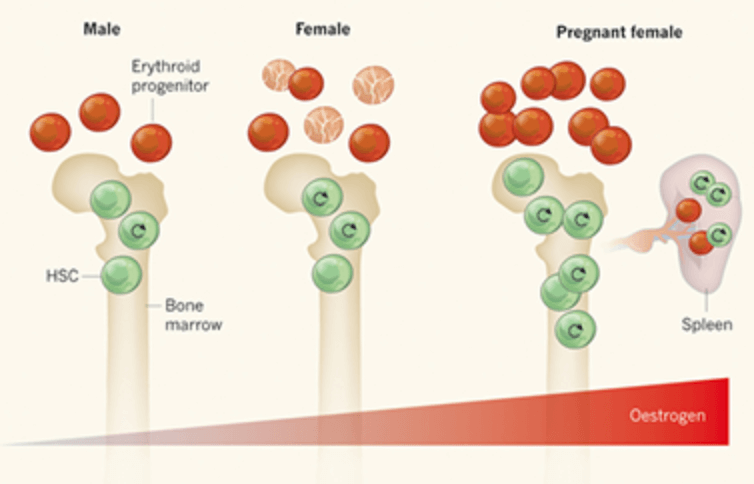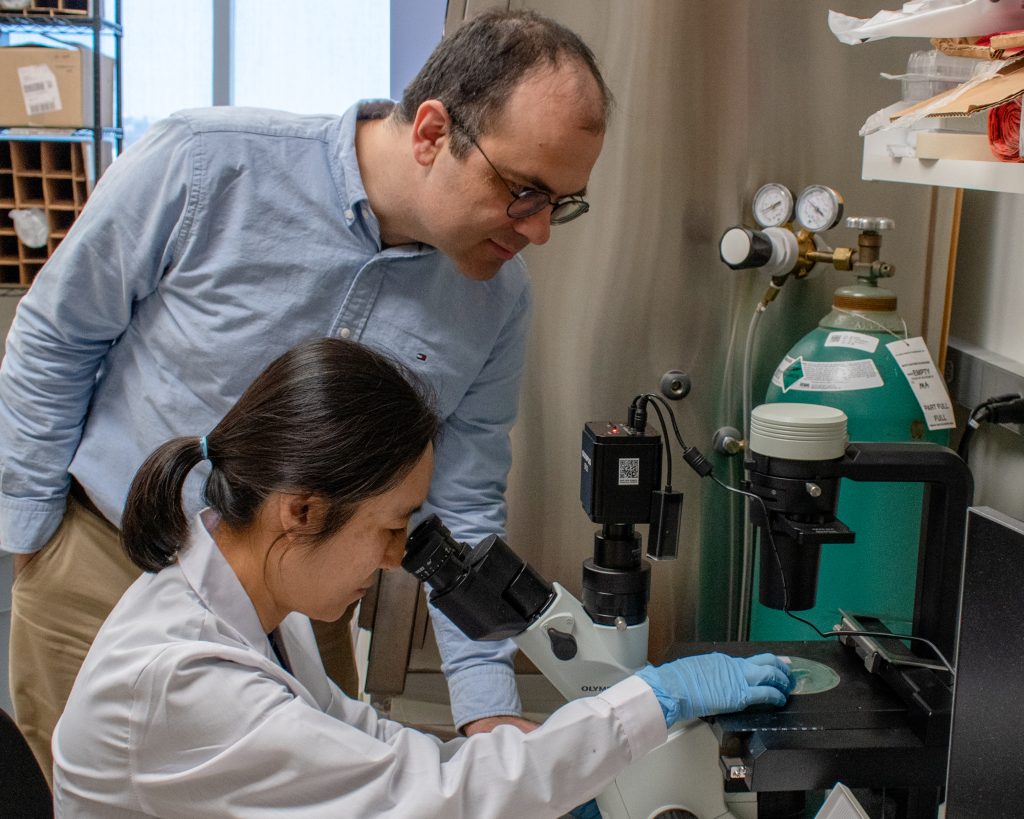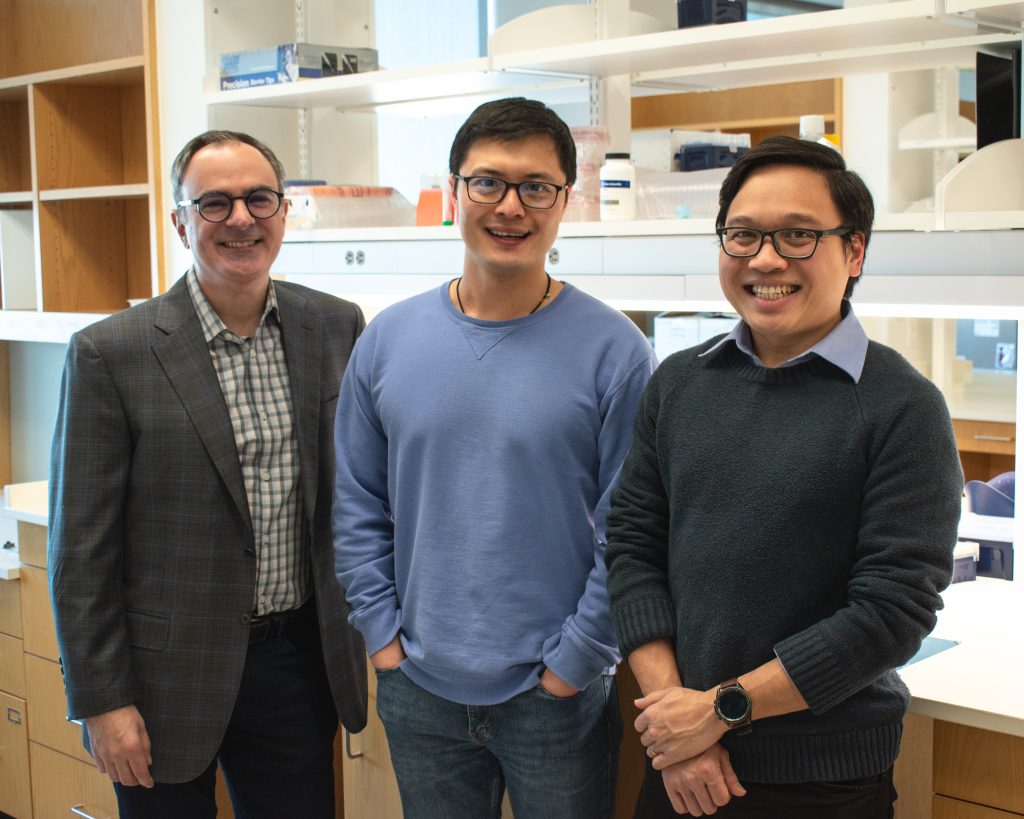
Males and females exhibit differences not only in reproductive organs, but also in sexually dimorphic tissues such as the mammary gland, brain and muscle. In such tissues, the activity of stem cells, which self-renew and produce differentiated cells for tissue maintenance and repair, differs between males and females. A fundamental yet unexplored question is whether the stem cells of tissues without conspicuous sex differences, such as the blood or gut, also exhibit sexually dimorphic function. On page 555 of this issue, Nakada et al.5 find that haematopoietic stem cells (HSCs), which form the blood and immune system, do differ between male and female mice. The authors show that female HSCs respond to long-range oestrogen signals in a manner that seems to help mothers meet the haematopoietic demands of pregnancy.
Continue reading at Nature.



